Top Things to Know Before Buying Cheap Indoor Plants
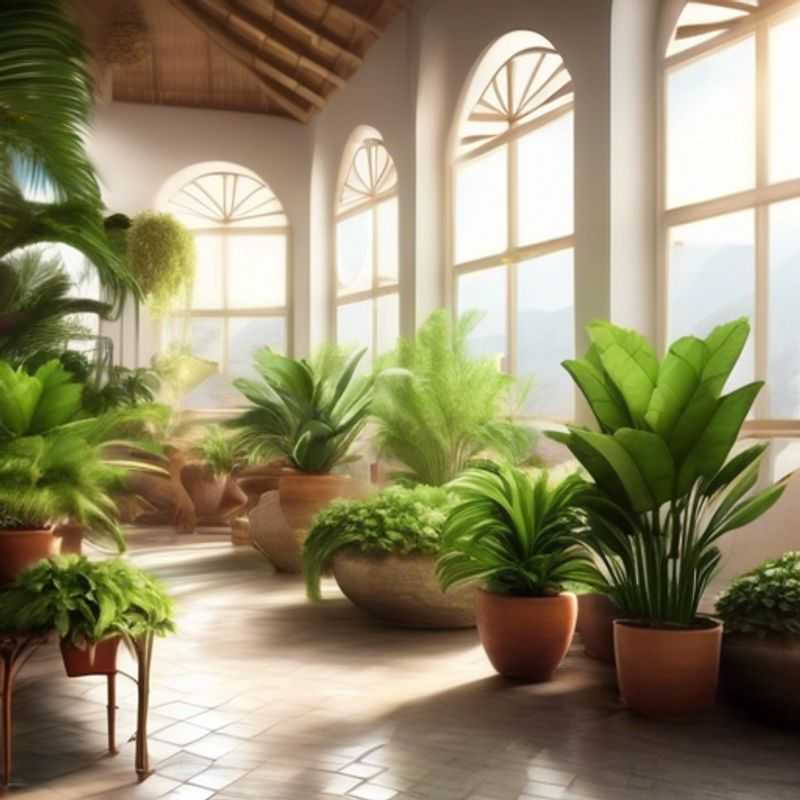
Top Things to Know Before Buying Cheap Indoor Plants: A Guide for Budding Plant Parents
So you're thinking of bringing some green life into your home, and a few affordable indoor plants seem like a great idea.
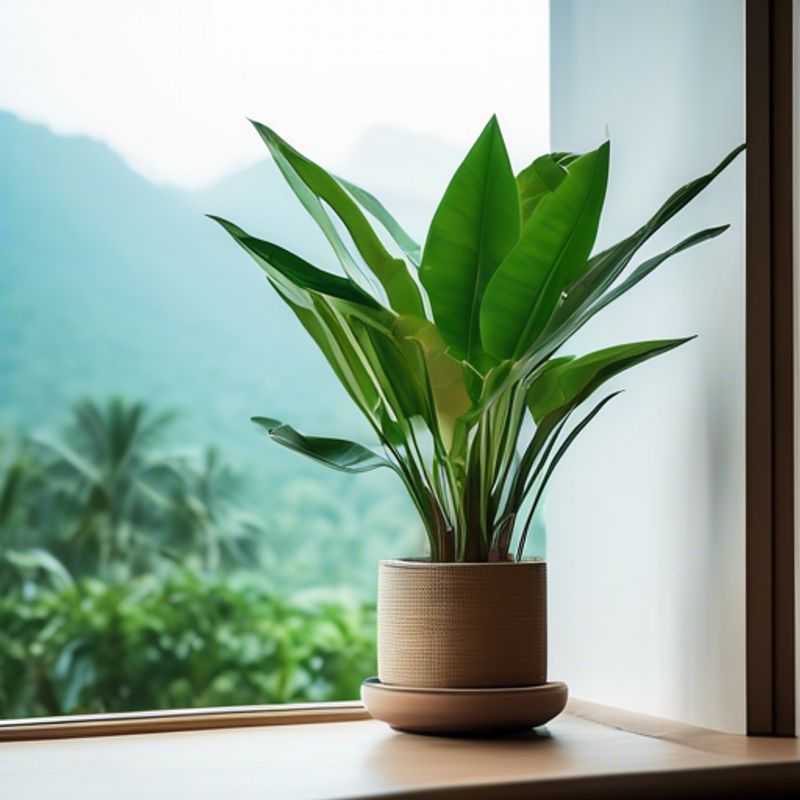
Don't Bring Home a Plant Without Researching Its Care Requirements
Bringing a new plant home is exciting, but remember to do your research first! Every plant has different needs for light, water, and soil. Don't assume all plants are the same. A little research can save you a lot of heartbreak later.
Before you buy, consider your home's environment. Does it get a lot of light? Is the air dry or humid? These factors will determine which plants will thrive in your space. Think of it like finding the perfect roommate - you wouldn't choose someone who hates sunlight if your apartment is dark, right?
The internet is a great resource for plant care information. Search for the specific plant name and "care guide" to find websites and videos with detailed instructions. Look for reputable sources, like gardening clubs or university extension services. You can also ask for advice at your local nursery - they're usually happy to share their expertise.
Remember, research is an investment in your plant's future! Taking the time to understand its needs will ensure it thrives in your home for years to come. It's a bit like learning about a new friend - the more you understand them, the better your relationship will be.
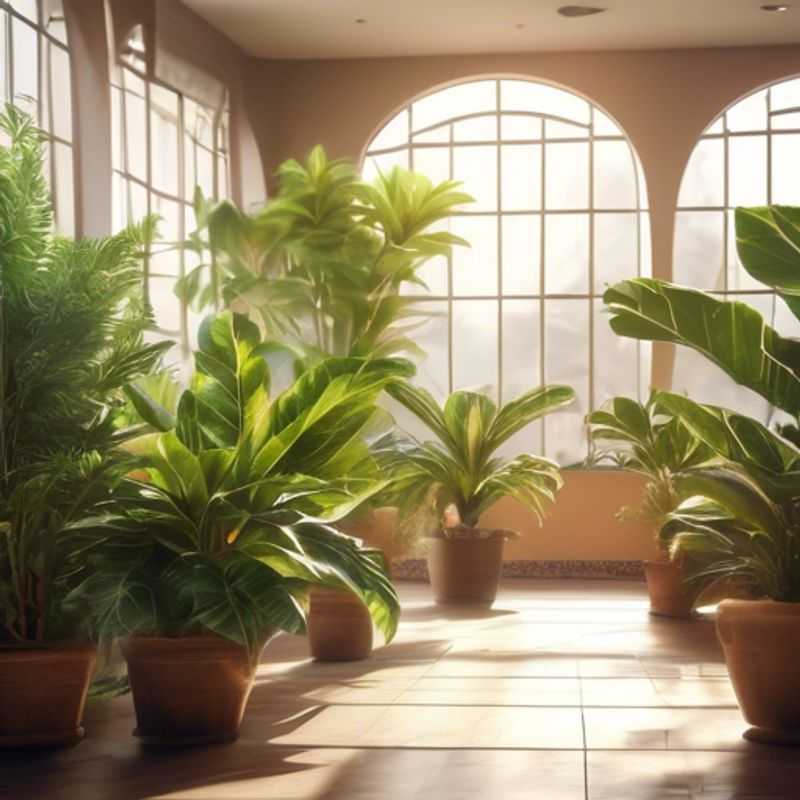
Light Matters: Choosing the Perfect Spot for Your Plant
Choosing the right spot for your plant is crucial. Light is essential for plant growth, so consider the lighting conditions in the space where you'll place your plant. Different plants have different light requirements.
Direct sunlight provides the strongest light, but can be too intense for some plants. Indirect sunlight, like what you might find near a window, is gentler and ideal for many plants.
If your space is dim, you can use artificial light sources, like grow lights, to supplement natural light. Knowing your plant's light needs will help you select the perfect location.
Consider the direction your windows face. South-facing windows offer the most sunlight, while north-facing windows provide the least. East and west-facing windows offer a good balance.
Observe how much light reaches the space throughout the day. You'll want to choose a spot that receives the appropriate amount of light for your chosen plant.
Don't be afraid to experiment! You can always move your plant to a different location if it's not thriving in its current spot.
By understanding your plant's light needs and the lighting conditions in your space, you can help ensure its healthy growth and beauty.
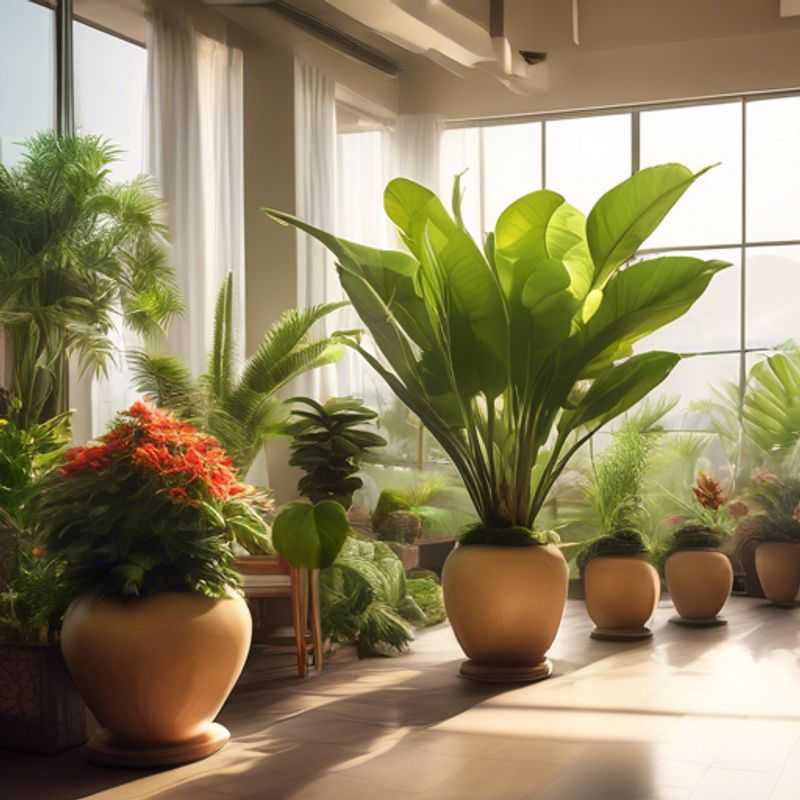
A Keen Eye: Inspecting Your Plants for Pests and Diseases
Regularly inspecting your plants for signs of pests or diseases is crucial for maintaining their health and vitality. It's a proactive approach that can help you identify issues early on, allowing for timely intervention and preventing potential problems from escalating.
Here's what to look for:
Pests: Carefully examine the leaves, stems, and undersides of your plants. Look for any signs of chewing, discoloration, webbing, or small insects. Common culprits include aphids, spider mites, mealybugs, and scale insects.
Diseases: Pay attention to any unusual spots, wilting, discoloration, or mold growth on your plants. These could indicate fungal, bacterial, or viral infections.
When inspecting, consider the following:
Lighting: Use adequate lighting to ensure you can thoroughly see all parts of the plant. A magnifying glass can be helpful for detecting tiny pests or signs of damage.
Timing: Inspect your plants regularly, ideally once a week. Early detection is key to effective treatment.
If you suspect a problem:
Identify the issue: Consult reliable resources, such as gardening books or online guides, to correctly identify the pest or disease.
Take action: Treat the issue promptly using appropriate methods, such as insecticidal soap, neem oil, or fungicides.
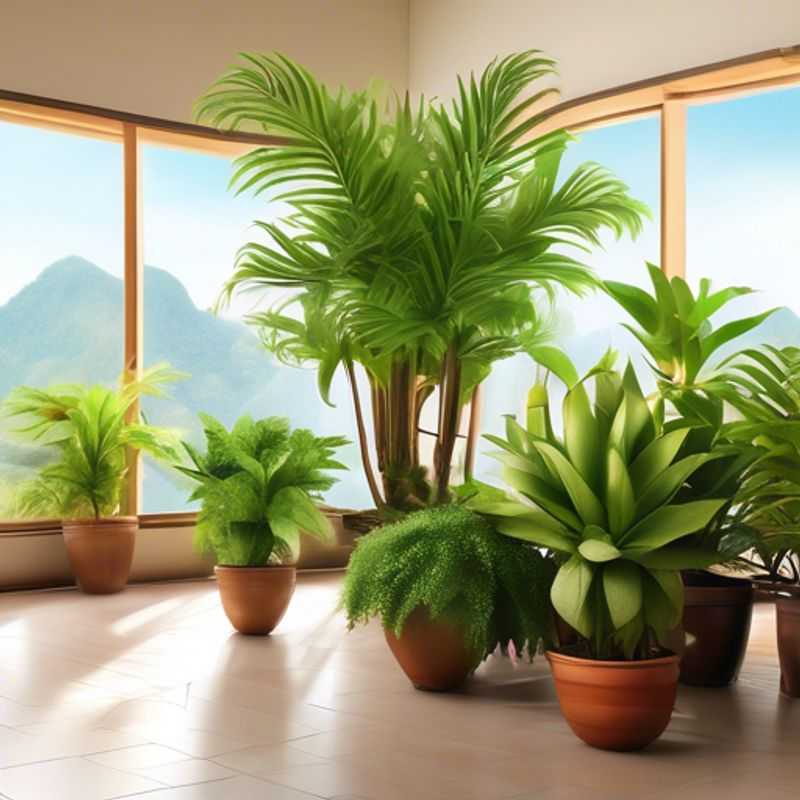
Planting with Purpose: Understanding Plant Growth and Space Requirements
Understanding a plant's mature size is crucial before planting. This is especially important for trees, as their growth can impact your home, power lines, and surrounding structures. Always research the mature size of a plant before buying, and consider the long-term implications. It's better to select a smaller variety or prune regularly to prevent problems.
You can find information on mature plant size from local nurseries, plant databases, or online resources. Consider consulting with a landscaping professional or arborist if you are unsure about the size of a specific plant.
When planning your garden, leave adequate space around plants to allow for future growth. Overcrowding can cause competition for resources, leading to stunted growth or weakened plants.
Remember, a little planning now will prevent issues later. Take the time to research and select plants that are suitable for your space. By doing so, you can enjoy a thriving garden for years to come.
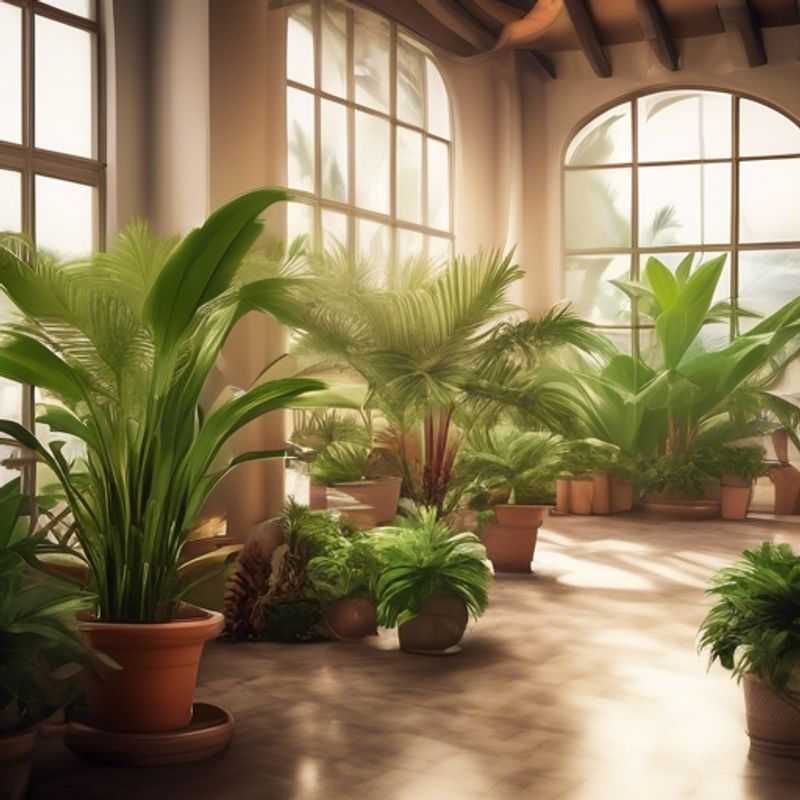
Finding Reputable Sellers for Healthy, High-Quality Plants
When choosing plants, it's vital to source them from reputable sellers who prioritize healthy, high-quality specimens. Look for sellers with a strong reputation for providing healthy plants. This may involve researching online reviews, visiting their physical location if possible, or asking for recommendations from fellow plant enthusiasts. Inquire about the seller's plant sourcing practices. Where do they get their plants? Do they have experience with the specific plant you're interested in? Check the plant's condition before purchasing. Look for signs of healthy growth, such as vibrant leaves, strong stems, and a well-developed root system. Avoid purchasing plants that show signs of disease, pests, or damage. While it's tempting to snag a bargain, remember that a healthy plant from a reputable seller is a much better investment in the long run.
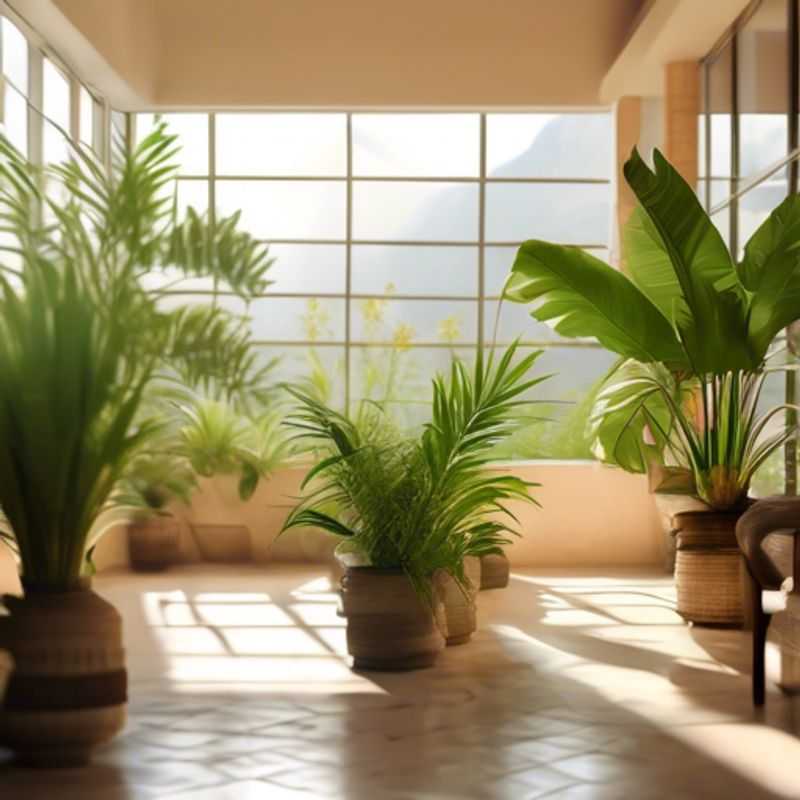
Hydration Harmony: Understanding Plant Watering Needs
Watering your plants correctly is crucial for their health and vitality. Understanding their specific needs is key. While some plants thrive with frequent watering, others prefer drier conditions. Overwatering can lead to root rot, while underwatering can cause wilting and stunted growth.
Observe your plants closely for signs of thirst, such as drooping leaves or dry soil. Touch the soil surface; if it feels dry to the touch, it’s time to water. Water deeply, allowing water to drain through the pot's drainage holes. Avoid letting water sit in the saucer, which can lead to root rot.
The best way to determine a plant's watering needs is to research its specific requirements. Factors like pot size, light conditions, and temperature can also influence water frequency. Use your best judgment and adjust your watering routine accordingly.
Remember that plants' water needs can vary depending on the season. During hotter months, they often require more frequent watering than in cooler months. Pay attention to the changing seasons and adapt your watering routine accordingly.
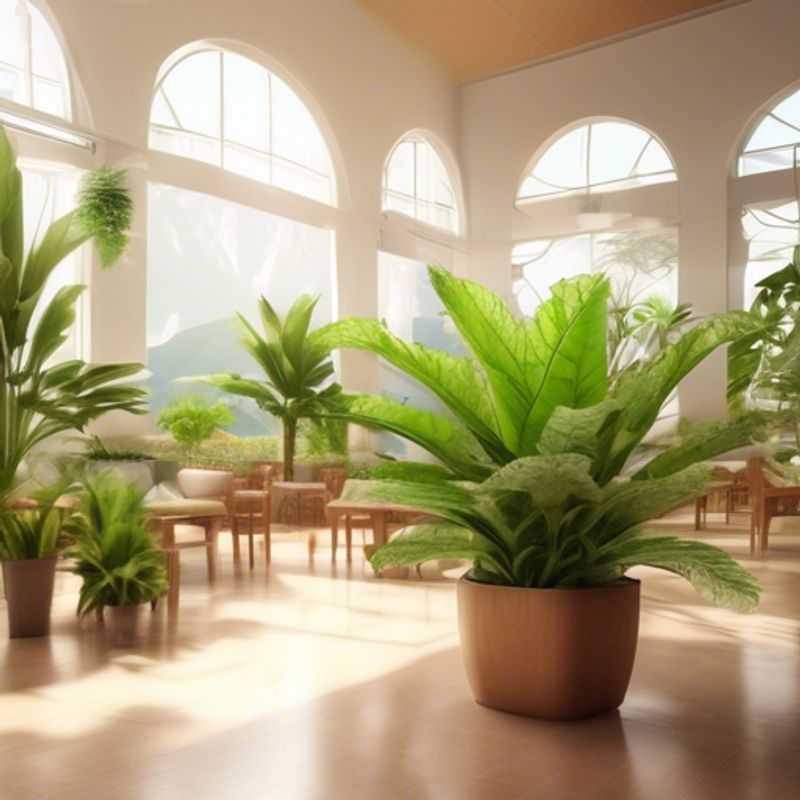
Prevent Root Rot: The Importance of Proper Drainage
Ensuring proper drainage in your containers or pots is crucial for the health of your plants. Root rot, a serious condition that can kill plants, occurs when roots sit in waterlogged soil for extended periods. This happens when excess water doesn't drain away from the roots.
To prevent root rot, you need to ensure the container or pot has adequate drainage holes in the bottom. The size and number of these holes are important; larger holes and more holes are generally better for drainage.
Additionally, using a potting mix that drains well is essential. Avoid using heavy clay soils, which can retain too much water. Choose a potting mix specifically designed for containers, often labeled as "well-draining."
If you find your container doesn't have good drainage, you can always add more holes or consider repotting the plant in a container with better drainage. It's vital to check the soil moisture regularly and allow it to dry slightly between waterings to prevent waterlogging and root rot.
